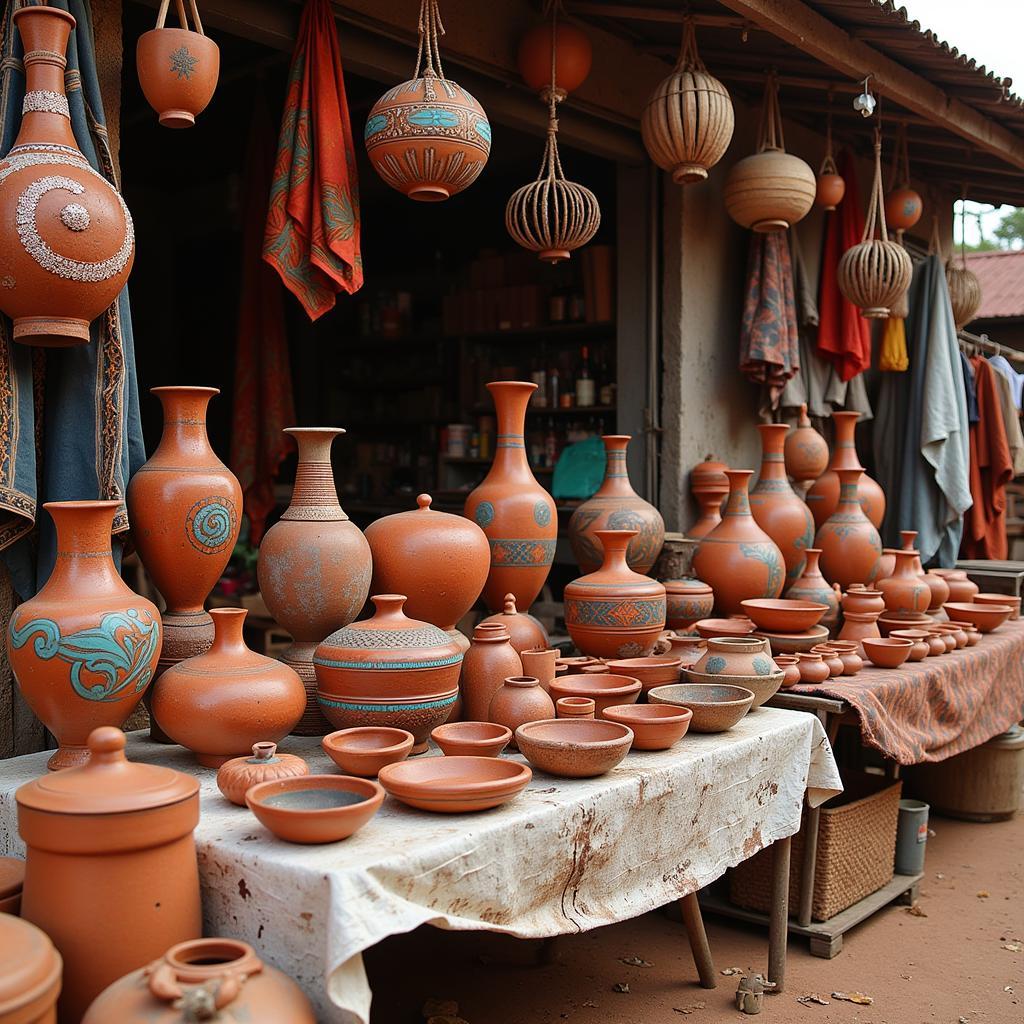Unveiling the Beauty of African Design
African design is a vibrant tapestry of cultural heritage, artistic innovation, and symbolic storytelling. From the intricate patterns of woven textiles to the bold geometry of architectural marvels, African design captivates the senses and reflects the continent’s rich history.
The Essence of African Design Principles
At its core, African design is driven by a deep connection to nature, community, and spirituality. Traditional motifs often draw inspiration from the natural world, featuring stylized depictions of animals, plants, and celestial bodies. These elements are not merely decorative; they carry profound meaning and reflect the interconnectedness of life.
For example, the circular patterns frequently found in African textiles symbolize the cycle of life, while the spiral represents growth and spiritual journey. The use of bold colors, often derived from natural dyes, further amplifies the visual impact and evokes a sense of energy and vitality.
Exploring Diverse Expressions of African Design
African design encompasses a wide spectrum of artistic disciplines, each with its unique characteristics and cultural significance:
Textiles: Weaving Stories into Fabric
African textiles are renowned for their exceptional craftsmanship and intricate patterns. From the mudcloth of Mali to the kente cloth of Ghana, each region boasts its own distinctive weaving traditions and symbolic motifs. These textiles are not merely garments; they are wearable art forms that convey social status, cultural identity, and personal narratives.
Architecture: Shaping Spaces with Cultural Identity
African architecture reflects the diversity of the continent’s landscapes and cultural traditions. From the ancient pyramids of Egypt to the mud-brick mosques of Mali, African architectural marvels showcase a mastery of materials and a deep understanding of environmental harmony.
Sculpture: Giving Form to Beliefs and Traditions
African sculpture encompasses a wide range of styles and materials, from the abstract wooden masks of West Africa to the intricate bronze castings of Benin. These sculptures often serve ritualistic purposes, representing deities, ancestors, or embodying spiritual concepts.
Pottery: Shaping Clay with Artistic Flair
Pottery has been an integral part of African Life for centuries. From utilitarian vessels to ceremonial objects, African pottery showcases the versatility of clay and the artistic ingenuity of its creators. Each region has developed distinctive pottery styles, often adorned with symbolic patterns or figurative elements.
 A vibrant market stall displaying an array of African pottery
A vibrant market stall displaying an array of African pottery
“African design is not just about aesthetics; it’s a language, a way of life, a reflection of a people’s soul. To truly appreciate it, you have to understand the stories it tells.” – Adeola Ogunbiyi, Professor of Art History, University of Lagos.
The Enduring Legacy of African Design
African design continues to inspire artists, designers, and architects around the world. Its influence can be seen in contemporary fashion, interior design, and visual arts. By embracing the principles of sustainability, community, and cultural heritage, African design offers valuable lessons for a more conscious and interconnected future.
In conclusion, African design is a vibrant testament to the continent’s rich cultural tapestry. From its intricate textiles to its awe-inspiring architecture, African design continues to captivate and inspire. By understanding the meaning embedded in its motifs and appreciating the craftsmanship behind each piece, we can gain a deeper appreciation for the beauty and diversity of African culture.



